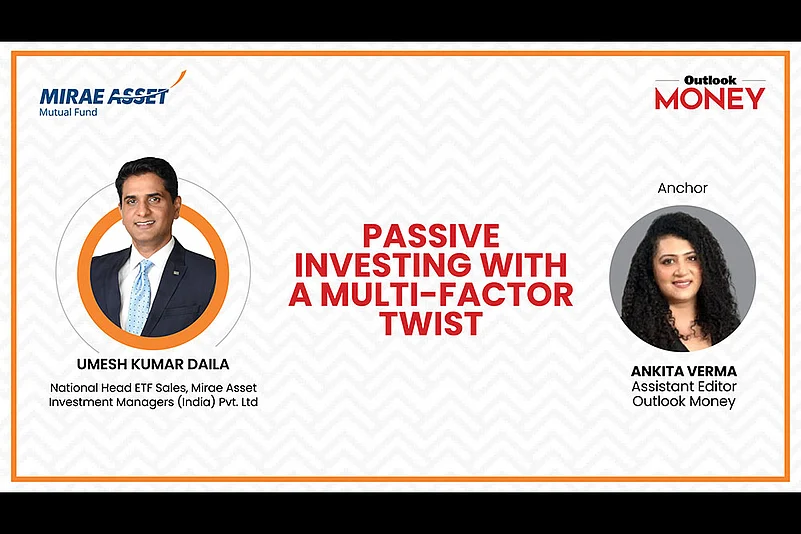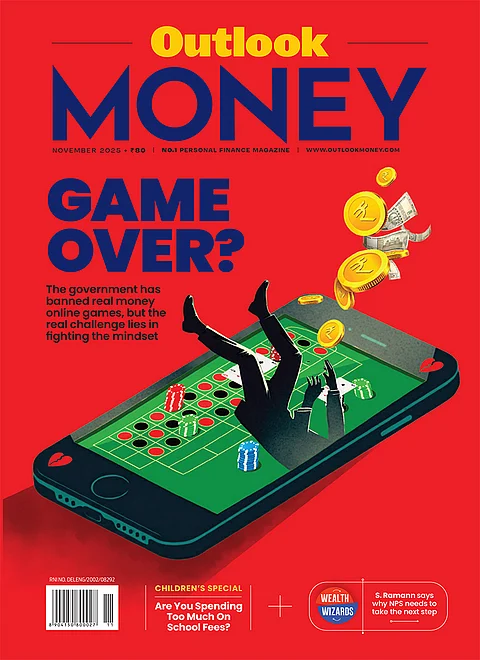Most savers now own an index fund. The question is what to add next so the portfolio holds up when markets lurch. In an Outlook Money webinar moderated by Ankita Verma, Umesh Kumar Daila, Head of ETF Sales at Mirae Asset Investment Managers India, made a careful case for multi-factor product, that tilt an index toward traits that have historically helped investors generate higher risk adjusted return.
“Smart beta is passive with a purpose,” he said. “You keep the passive platform but add rule-based tilts.” Those tilts—quality, low volatility, momentum, value and equal-weight—are simply investing commonsense made systematic. Quality looks for cleaner balance sheets and steadier earnings; low-volatility prefers calmer stocks; momentum and alpha ride leadership when markets trend; equal-weight spreads exposure beyond the giants; value leans into the under-priced. No single factor wins in every season. “Combining them often gives a steadier experience—one sleeve can offset another,” Daila noted.
Verma kept the conversation anchored to what retail investors actually do: build a low-cost core and avoid constant tinkering. Daila positioned multi-factor as a satellite, not a replacement. “It’s not active versus passive,” he said. “Think of it as being ‘passively active’—rules doing the heavy lifting.”
The engine is rule-based: the market is mapped into four regimes—base, moderate, froth, drawdown—with predefined allocations between aggressive sleeves (alpha, momentum, mid-small blends) and defensive sleeves (low-volatility, quality). “When the regime changes, we rebalance. It’s rule-based, not theme-chasing,” he said. The mandate is open-architecture: “The priority is the investor… which fund to choose is secondary.” If an external factor ETF fits the model better, it can be used.
Why should a satisfied Nifty investor care? Because cycles test patience. “You invest with goals, not quarterly leaderboards,” Daila reminded viewers. For investors who want process and transparency, not personality and guesswork, a multi-factor layer can make the journey calmer—without promising permanent outperformance. Caveats were explicit: factors underperform in patches; costs, liquidity and tracking differences matter. The proposition is discipline over time.
Daila’s practical brief was clear: set it, review it, and let rules work. Or in his words, this is a “set-it, forget-it kind of product”—with periodic checks, not weekly switches.
For the full conversation—video and podcast—head to OutlookMoney.com and watch the complete episode.
To view the entire webinar, please visit: www.outlookmoney.com
Disclaimer: Mutual Fund investments are subject to market risks, read all scheme related documents carefully.













